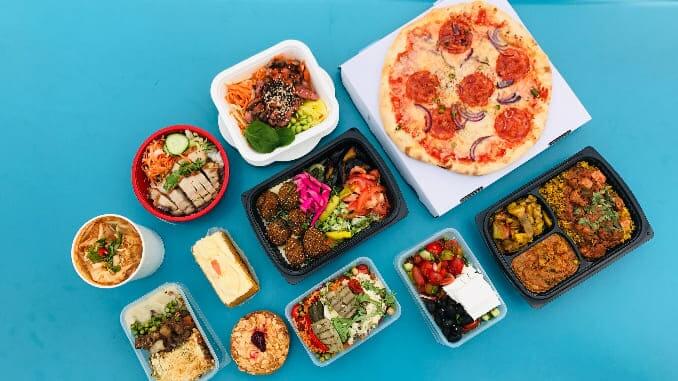Takeouts: Ruined By Choice?
Photo by Cristiano Pinto/Unsplash
Ordering a takeaway used to be, for many, a rare treat. However, the rapid growth of services like Deliveroo, UberEats and JustEat have arguably turned what would once have been something to cherish into a chore.
Living in central London, the sheer number of takeaway options to choose from can be truly overwhelming. I have the option to order from 352 restaurants “near me”—and that’s just on one app! This paradox of choice is something we’re all too familiar with in the modern age. Just as many of us find ourselves habitually participating in the Netflix scroll of doom, endlessly flicking through the never-ending range of titles for 45 minutes, unable to make a decision before either giving up entirely or succumbing to watching reruns of Friends, the same fate has now befallen takeaway services.
I can’t be the only one who has nostalgia for being able to call up one or two options and have them delivered—or more accurately, sending your mum or dad to collect them. These takeaways may not have always been exactly what you were craving or a prime example of haute cuisine, but they were reliable and, therefore, comforting.
Nowadays, by the time I’ve committed myself to a takeaway, I’ve already talked myself out of it. If I’ve actually been able to choose something to eat and have finally made it to the checkout stage, it’s highly likely that I’ll end up doing the equivalent of dumping a basket in the aisle when the queue is too long after being hit with a variety of different charges on top of the cost of my meal.
The sheer number of options isn’t the only thing paralyzing me from making a decision when it comes to ordering food; it’s a question of quality too. Deliveroo’s original concept was providing restaurant-quality meals for you to enjoy on your couch, but this seems to have been diluted by plenty of unknown brands flooding the app.
-

-

-

-

-

-

-

-

-

-

-

-

-

-

-

-

-

-

-

-

-

-

-

-

-

-

-

-

-

-

-

-

-

-

-

-

-

-

-

-








































